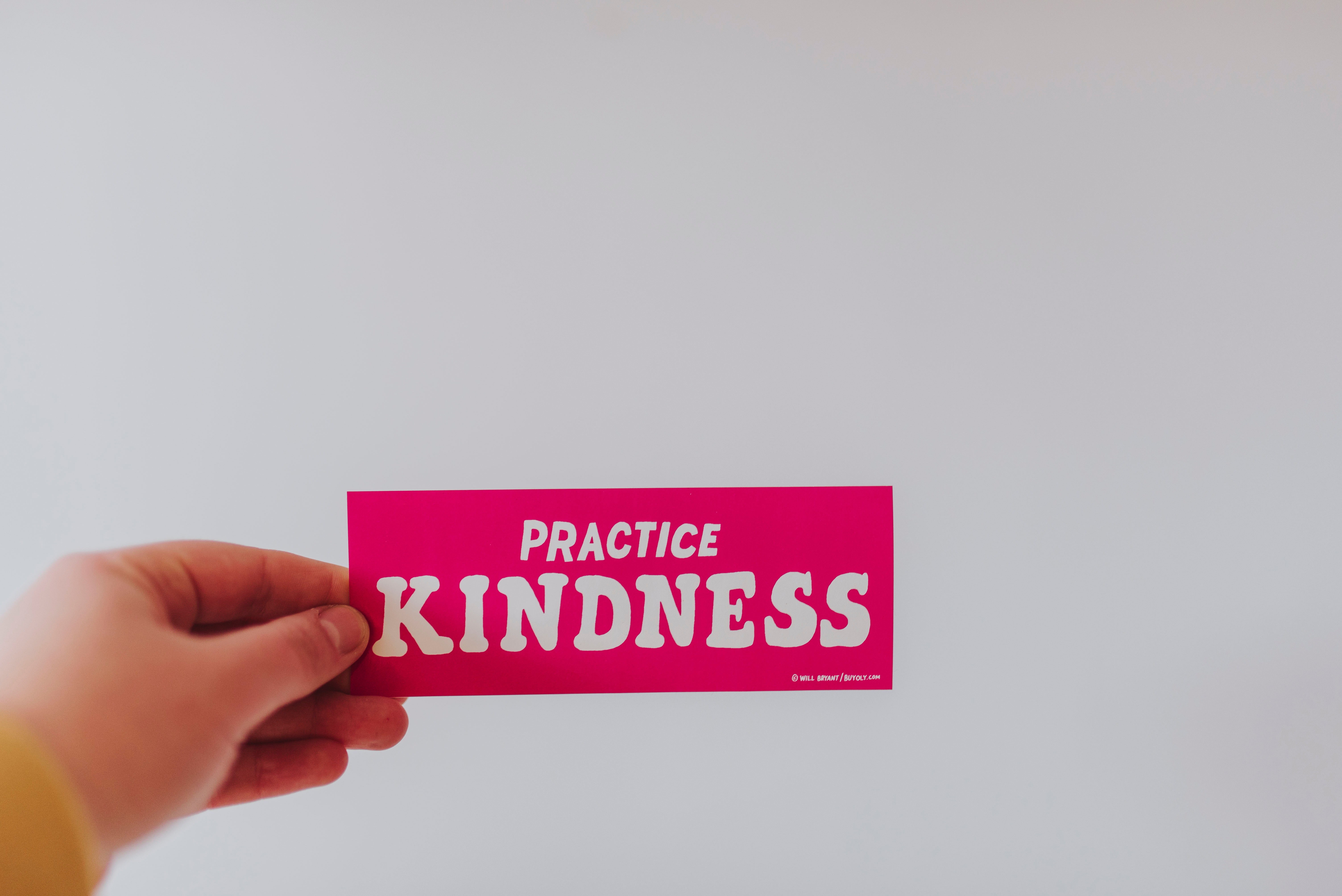Making a Better Apology
Saying “I’m sorry” can be trickier than it may seem. No matter how good our relationships are, having conflict and sometimes hurting people is unavoidable. Making an apology is essential for maintaining the quality of relationships. Unfortunately, we have all experienced bad apologies – given them, received them, or even witnessed them in situations that … Read more







